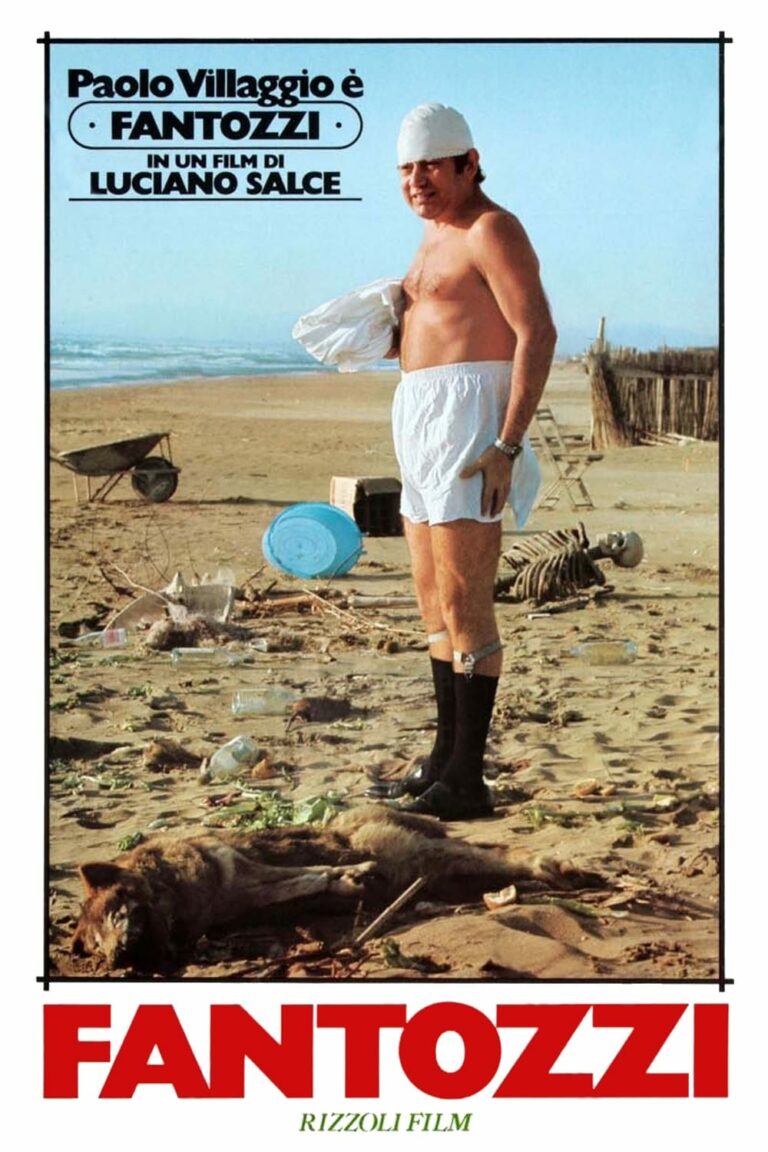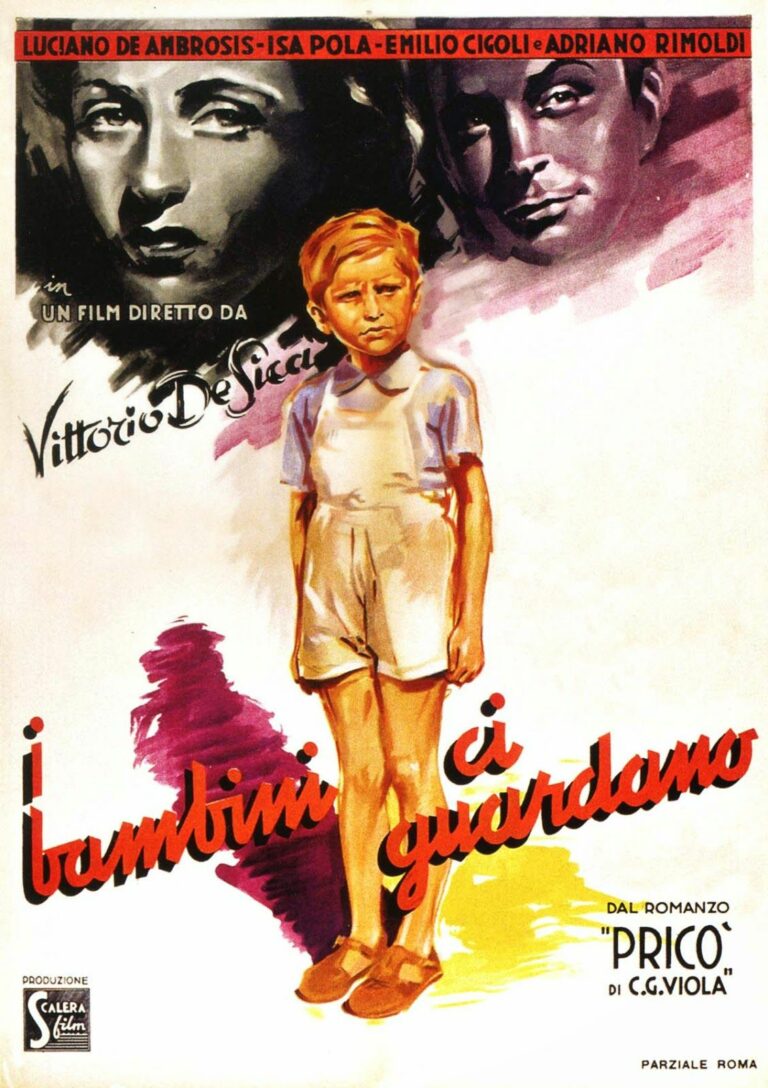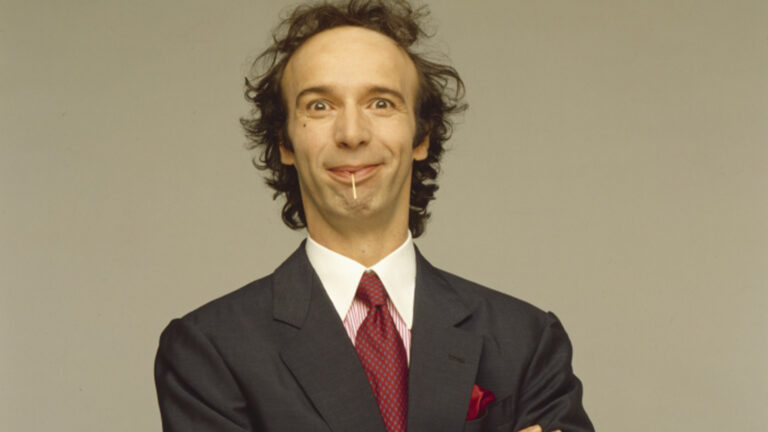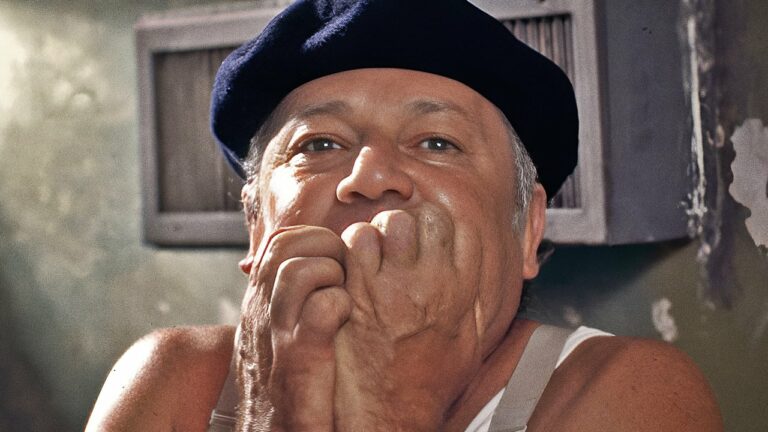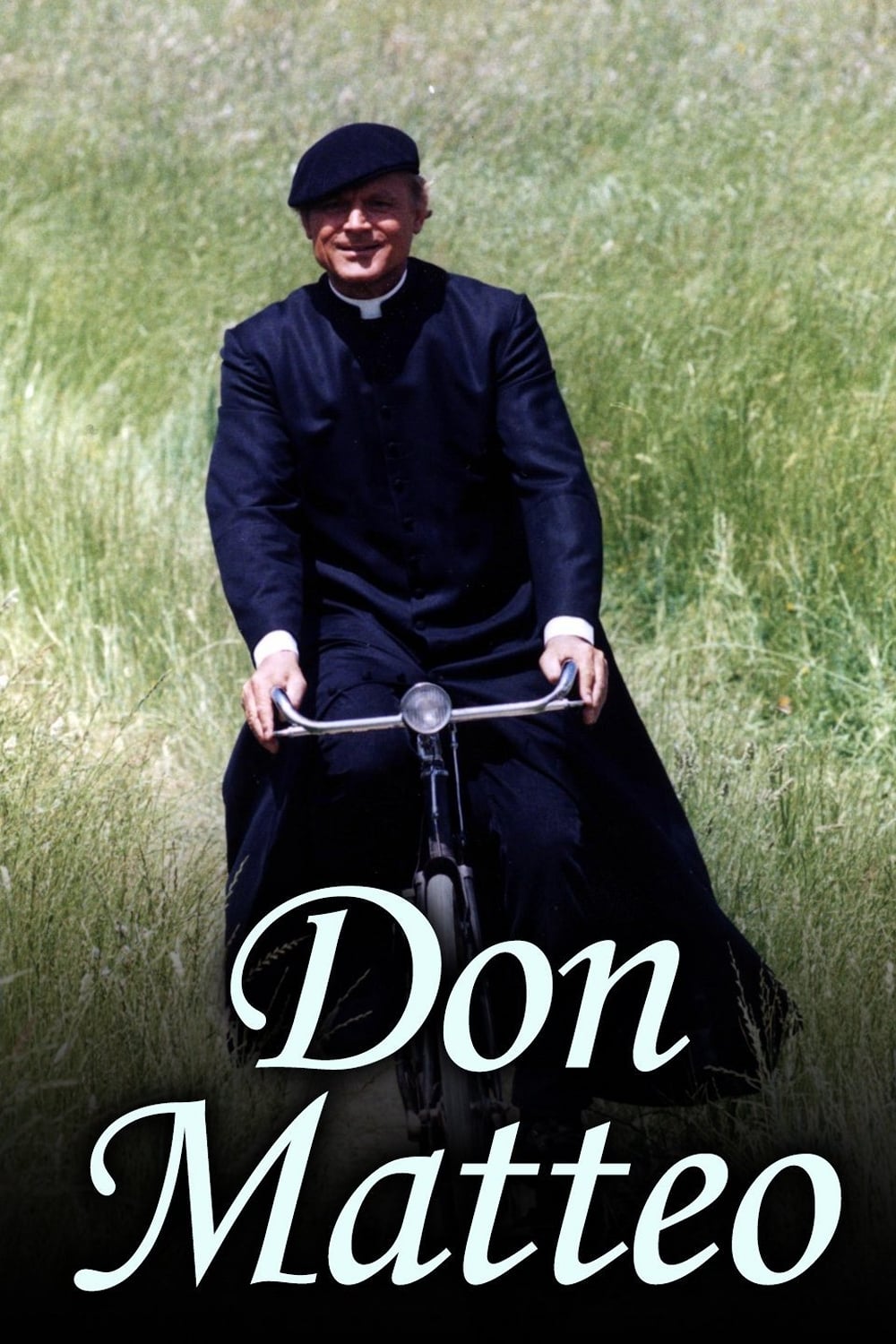
Introduction to Don Matteo
Don Matteo is a highly popular Italian television series that has captivated audiences since its premiere in January 2000. Produced by Lux Vide and aired on Rai 1, the series combines drama, comedy, and crime, set against the picturesque backdrop of Italy’s Umbrian region. With its unique storytelling and strong character development, Don Matteo has become a cultural phenomenon in Italy and beyond, cementing itself as one of the longest-running Italian TV shows.
The series stars Terence Hill in the titular role of Don Matteo Bondini, a Catholic priest with a keen sense of justice and an extraordinary ability to solve crimes, often ahead of the local police.
Plot Overview
At its core, Don Matteo revolves around the life and adventures of Don Matteo Bondini, a parish priest in the fictional town of Gubbio (and later Spoleto). Don Matteo is not just a spiritual guide but also a crime solver, stepping in to investigate mysterious cases that baffle the local police. His approach combines sharp intellect, keen observation, and deep compassion, always aiming to uncover the truth while helping people reconcile their mistakes.
Episodic Format
The show follows an episodic format, with each episode presenting a new case to be solved. Whether it’s theft, murder, or fraud, Don Matteo finds himself embroiled in investigations alongside his close collaborators. The episodes seamlessly intertwine crime-solving with light-hearted and emotional moments, creating a blend of suspense and warmth.
Main Characters
Don Matteo Bondini
Portrayed by the legendary actor Terence Hill, Don Matteo is the heart of the series. His character represents kindness, faith, and unwavering determination. Don Matteo’s ability to see the good in people, even those who have strayed, is central to the show’s theme.
Captain Giulio Tommasi (and Other Carabinieri)
The local Carabinieri (military police) serve as Don Matteo’s reluctant partners in crime-solving. Over the seasons, various police captains, such as Captain Giulio Tommasi (played by Simone Montedoro), bring humor and dynamic interactions with Don Matteo. The captains often struggle to match Don Matteo’s intuition but come to respect and admire his contributions.
Natalina Diotallevi
Natalina, played by Nathalie Guetta, is Don Matteo’s loyal and quirky housekeeper. Her comic relief and warmth add a human touch to the priest’s household, balancing the crime elements with humor.
Pippo and Cecchini
Pippo (Francesco Scali) and Marshal Cecchini (Nino Frassica) are other central figures. Cecchini, in particular, is a fan-favorite character. His comedic timing and interactions with Don Matteo lighten the mood and provide heartwarming moments.
The Setting: Gubbio and Spoleto
The show’s stunning locations play a significant role in its charm. Seasons 1-8 are set in Gubbio, a medieval town in Umbria known for its scenic beauty and historical architecture. In season 9, the setting shifts to Spoleto, another beautiful Umbrian town that continues to provide an enchanting atmosphere.
These locations have become iconic due to their association with Don Matteo, attracting tourists and fans eager to walk in the footsteps of their favorite characters.
Themes Explored in Don Matteo
Justice and Forgiveness
The recurring theme of Don Matteo is the balance between justice and forgiveness. While crimes are investigated and the guilty are brought to justice, the show emphasizes compassion, understanding, and the possibility of redemption.
Faith and Humanity
Don Matteo’s character embodies faith in humanity. He believes in giving people second chances and encourages his community to reflect on their actions and make amends.
Community and Relationships
The series also explores the relationships within the close-knit community. Friendships, family dynamics, and interpersonal struggles provide depth to the characters and their journeys.
Popularity and Reception
Don Matteo has enjoyed immense success both in Italy and internationally. The show’s ability to appeal to a broad audience, combining crime-solving with heartwarming narratives, has contributed to its longevity.
Awards and Recognition
The series has received critical acclaim for its writing, acting, and cinematography. Terence Hill’s portrayal of Don Matteo has earned widespread praise, solidifying his place as one of Italy’s most beloved actors.
Longevity
With 13 seasons and over 270 episodes as of 2022, Don Matteo is one of the longest-running TV series in Italian television history. Its enduring popularity demonstrates its cultural significance and universal appeal.
Evolution of the Show
While the show’s core formula has remained consistent, it has evolved over the seasons to introduce new characters, subplots, and settings. Notably, in the 13th season, Raoul Bova was introduced as Don Massimo, marking a significant transition as Terence Hill’s role was scaled back.
Transition from Terence Hill to Raoul Bova
In season 13, Terence Hill’s departure from the series marked the end of an era. Raoul Bova stepped in as Don Massimo, a younger priest with a different approach but the same commitment to justice and compassion.
Cultural Impact
A Symbol of Italian Television
Don Matteo has become a staple of Italian television, with reruns still drawing significant viewership. The series has inspired numerous international adaptations, showcasing its global appeal.
Tourism and Fan Engagement
The show’s filming locations, particularly Gubbio and Spoleto, have seen a surge in tourism. Fans often visit these towns to see the churches, squares, and streets featured in their favorite episodes.
Conclusion
Don Matteo is more than just a TV show; it is a celebration of Italian culture, values, and storytelling. Its unique blend of crime, comedy, and heartwarming narratives has resonated with viewers for over two decades. With unforgettable characters, beautiful settings, and meaningful themes, Don Matteo remains a shining example of Italian television at its finest. Whether you’re a long-time fan or a newcomer, the series offers something for everyone, leaving a lasting impact on audiences across generations.
